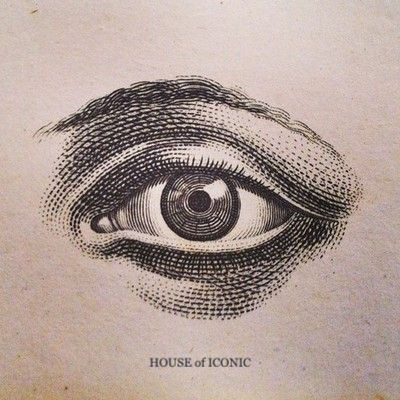Activate your Brands' Opportunities by Creating Human Experiences that Awakening the Senses!
- antjesabine
- May 3, 2019
- 4 min read
Updated: Jul 26, 2024

The Problem
Companies that respond to a question about design leadership with an elusive answer like “We have a very traditional organization and more important issues… ”, lack both, a vision for potential business opportunities and awareness of the fast-evolving market.
In the absence of design leadership, each department or project will develop its own language, disconnected from the bigger picture, lacking a uniting brand DNA, vision, guidelines and tools to address market challenges.
This leads to massive inefficiencies and systems that are not in line with the larger business strategy.
The Consequence
Usually manifests itself as a relative drop in value, competitiveness, quality, service or scope. Let’s step back and look at design opportunities in relation to cost, risk and reward.
Can you put a cost on not being competitive? How do you measure business losses if you are not using design leadership and what are the aggregate effects to your business if opportunities are not activated?
My Question
Who is the voice of the customer and corporate culture in your organization.
Is design leadership used to its fullest potential to enable business opportunities?
The Solution
Transform your Business into a Design-Centric Organization.
There are three main actions to define, activate and nurture.
1. People Buy Experiences, Not Products
It is by well-researched that most of today and tomorrow's enterprise opportunities are based on design-driven elements.
Design elements are always linked to senses because senses are the key to human experience and experiences are the key to today's and future consumer patterns.
Customer experience is consequently a collection of feelings and emotions that are associated with your brand and their interactions.
The more senses a brand can awaken, the deeper the consumer connection will be.
And as a result, revenues and shareholder returns will increase at nearly twice the rate of their industry counterparts. [McKinsey here]
There are five human senses
• Visual Design and Sight
• Physical Design and Touch
• Audio and Hearing
• Food and Taste
• Olfactory Design and Smell
These senses are directly hardwired to emotions, memories, cultures, customs, religions, habits, rituals and beliefs that affect consumer behaviour on a subconscious level.
My Question
Did you ever ‘connect the dots’ between design and overall business performance?
What kind of experiences does your business create?
Which senses does your product awaken?
Is your business creating the future of human experience?
Do you use design as a vehicle of change?
What is the strength of your business and do you focus on the right investment, acquisition, product or service introductions or expansions?
2. Apply Design Thinking Methodology
When you truly understand that people buy experiences and not products, you must follow with actions.
By applying design thinking methodology, you find the true values of your consumers, their lifestyle challenges, pain points and evolving product/service requirements.
The Empathy Hierarchy Model
Start with a human-centric and environmentally sustainable focus.
Identification of untapped opportunities requires iteration, method, process and empathy. Especially empathy, as we are talking about humans and their needs, not numbers on spreadsheets.
How much empathy and for whom varies with your business focuses, but one thing is for sure, empathy and therefore a human-centric approach must be core values in today's and future brand personalities. [More here]
The Action
Create a map of your business priorities and your values and list them both in the order of importance (0 to 4).
For example, Environment - Sustainability - Family - People - Country - Customer Needs - Workers - Shareholders – Business Results - Design – etc.
>> Visualize these in a value-and-pain-points-matrix.
>> Now, cross-reference these priorities with your business objectives. Determine the level of disconnect and misalignment between what the stakeholders believe they want, what they say, what they do, what they think and what they feel.
>> Apply design leadership to visualise and translate these conflicting messages consistently throughout all business levels and touchpoints.
3. Activate Design Leadership
Do you want your business to connect to your costumer’s senses?
If yes, create and empower your design leadership, create design executive positions and align them with all levels of your C-business structure.
Design leaders are your business’s interface to senses and your market.
Design leadership must be at the executive table and incorporated into the corporate culture. The importance of design must be a top-down process. A company’s unique corporate design language and culture need to have executive buy-in.
A design strategy is crucial to map, plan and strategize corporate directions.
The design/value strategy must be developed, documented, standardized, translated, validated, updated, managed, nurtured and protected.
Design leadership translates these directions into actionable plans, a design language aligned with the strategy across the business and nurtures an internal and external culture that mentors design leaders throughout the organization.
Design leadership will activate opportunities leading to innovation, new or improved product and service.
The result will be an awakening of the senses throughout your organisation, the creation of authentic experiences and a consistent transparent language that will reinforce your brand message.
Where is the executive design leadership in your organization?
What is your business culture?
Do innovation, design, and experience play a large role in your business?
Interested to find out more? Contact me.
Working with your executive team, we can help your business to restructure and transform into a purpose-driven human and design-centric organization.




Comments